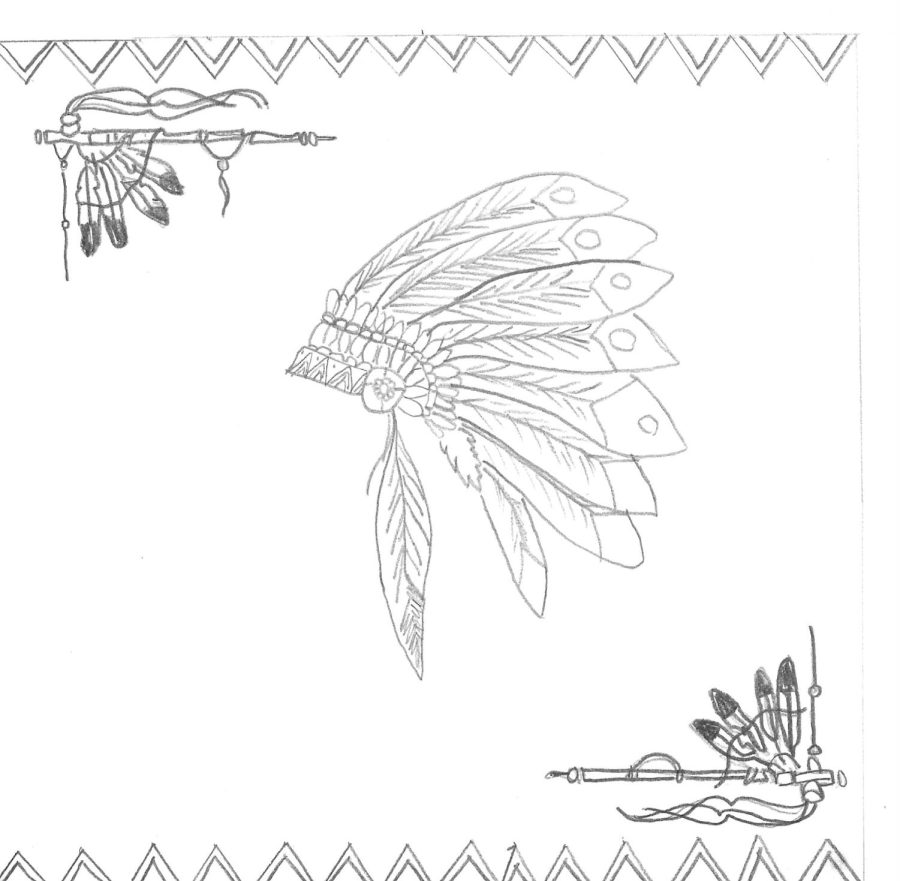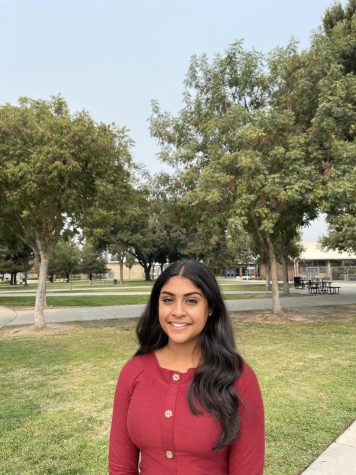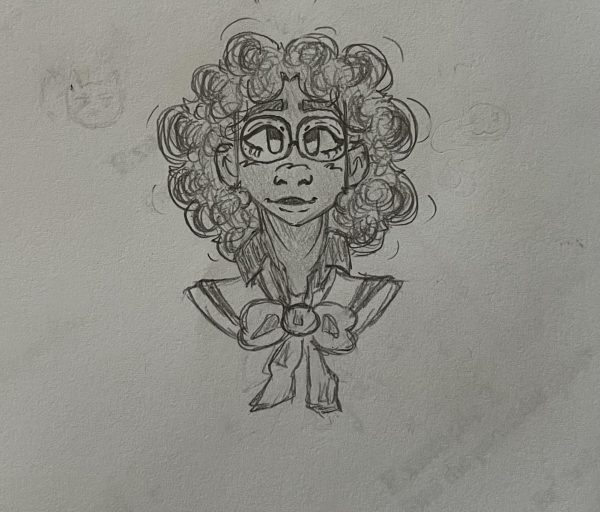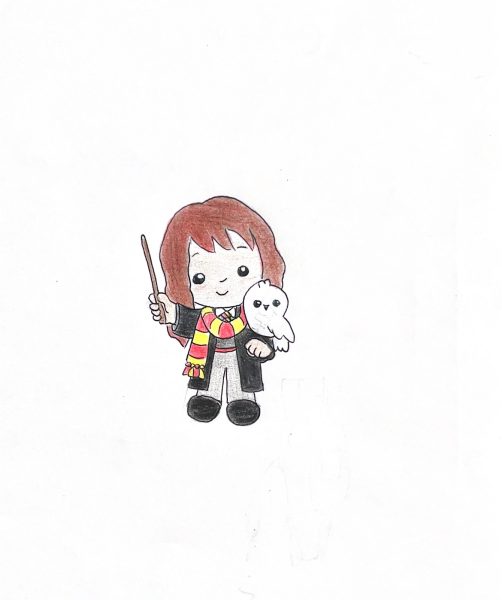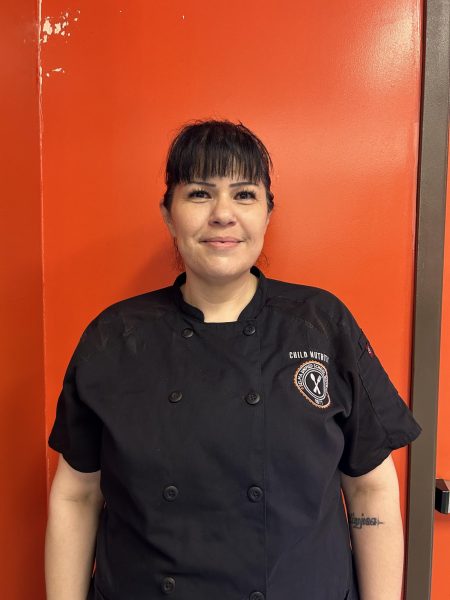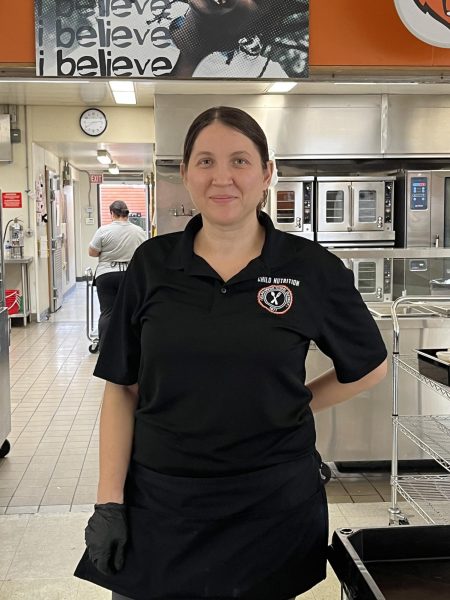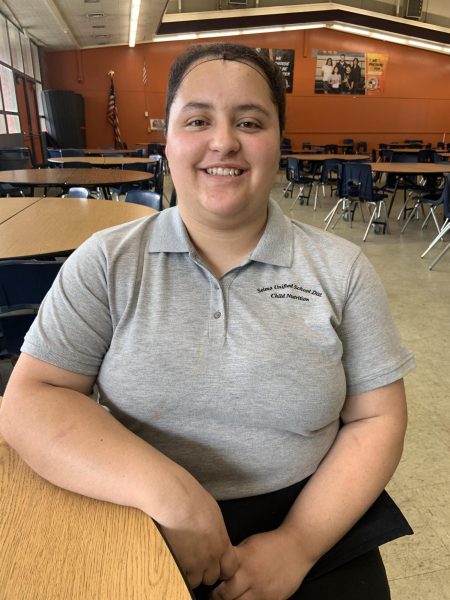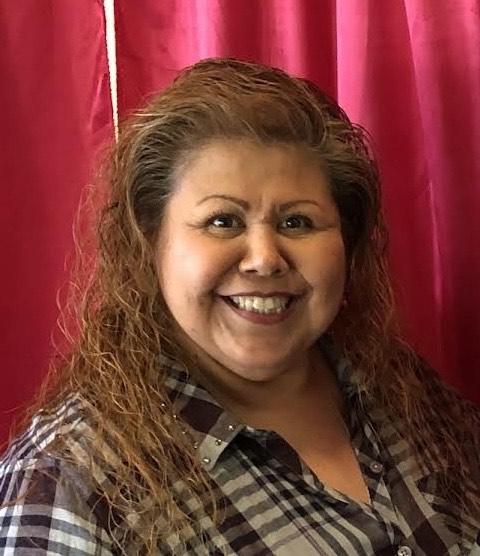Exploring Diversity: Native Americans
Above is what may appear to be worn as a typical head dress or war bonnet, for many Native American tribes. They are most likely worn during native wedding ceremonies or pow wows. They represent strength and bravery, but they are earned to be worn.
December 10, 2021
November. It is the month best known for many things such as Thanksgiving, family love, break, and being thankful. It is also the month to celebrate and cherish the traditional heritage of Native Americans. But wait! Who really are Native Americans and why do we cherish and celebrate that particular month?
That is a month is an opportunity for the Indigenous people to share their perspectives at a national level. On May 13, 1916, New York declared it as the first American Indigenous Day in the U.S. At the turn of the century, what was made as an effort to gain a day of recognition for the significant contributions the first Native Americans made to the establishment and growth of the United States, resulted in an entire month being designated for that purpose.
There are many tribes or subgroups within the Native American community, many of which you have already probably heard before. There are 574 federally recognized tribes within the United States, according to the Bureau of Indian Affairs. Over 5 million Indigenous people live in the United States today, many of which continue to reclaim more of their heritage, culture, and right to self-determination.
This group originated from East Asia and the Middle East. However, the population of the Indigenous plummeted after the 1490s. For Indigenous people in the Americas, this contact with Europeans marked the beginning of a cataclysmic shift in history, as disease, war, and conquest killed millions of Native Americans and forced survivors into retreat, with colonists following close behind to seize their lands. Government agencies then tried to force these defeated nations to forego and forget their languages, cultures, traditions, and religious practices. Ultimately, such efforts to suppress the history and heritage of Indigenous peoples were unsuccessful, and in recent decades, they have mounted a major cultural comeback.
Some traditions of the Native culture are music, storytelling, dance, foodways, carving, basket-making, headwork, pottery, blowgun-making, flint-knapping, and more. Traditional foods include acorn bread, three sisters soup, wild rice, buffalo soup, pine nut catfish, and many other delicacies. Dancing often takes center stage, featuring competitions and exhibitions. Some dances include beautiful dances such as the Bow and Arrow Dance, rain, spirit, round, Sun, and Moon dances, and others.
Their culture symbolizes and emphasizes the importance of harmony with nature, the endurance of suffering, respect and non-interference toward others, a strong belief that man is inherently good and should be respected for his decisions.
November is Native American Heritage month, however, it shouldn’t be the only month where they are celebrated and recognized. It should be every day. You can honor Native American Heritage Month simply by reading a story about or by a Native American, visiting museums, heritage centers, or historical sights, trying out a recipe, or watching a movie. They are not people of the past, they are present-day people.
